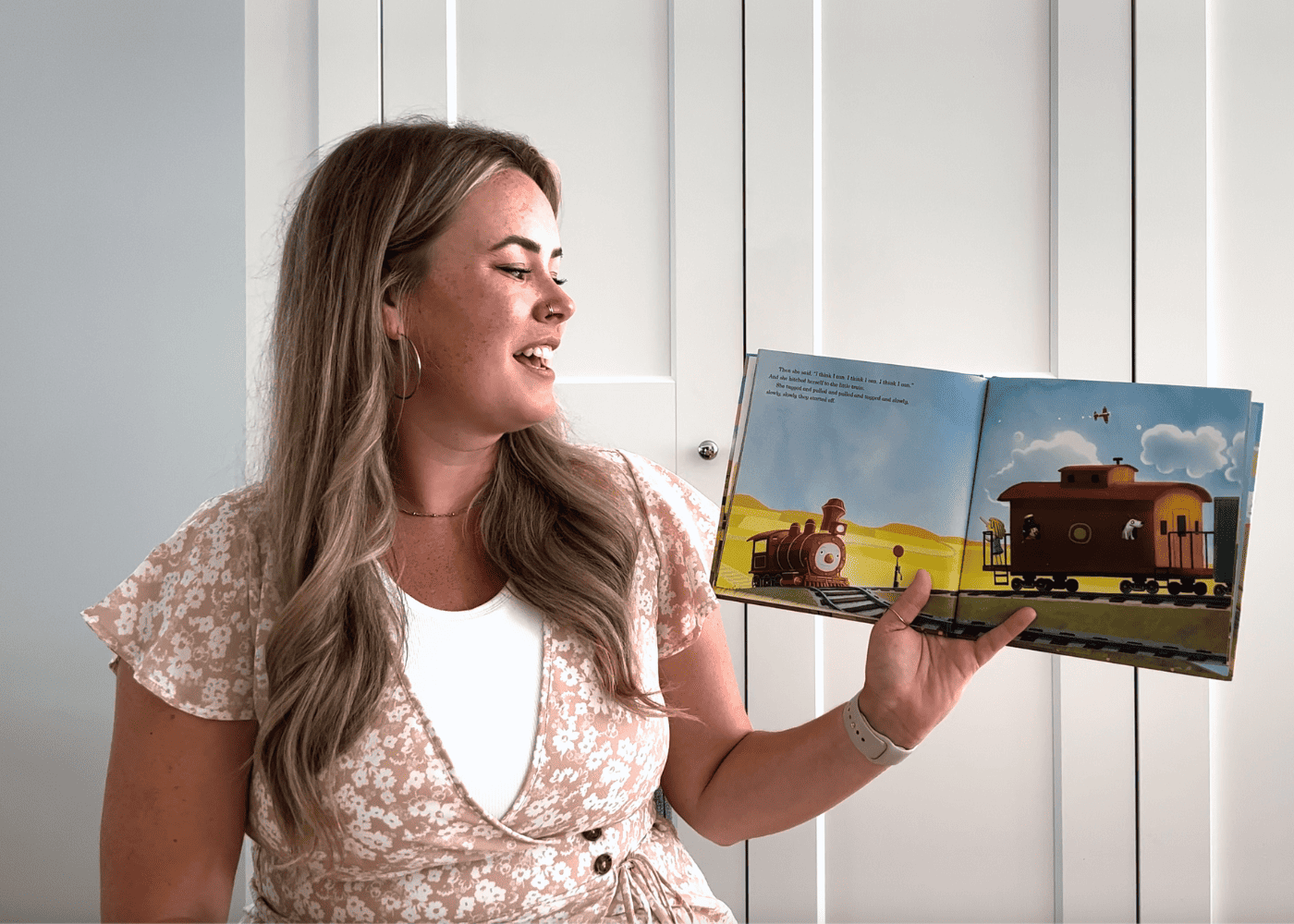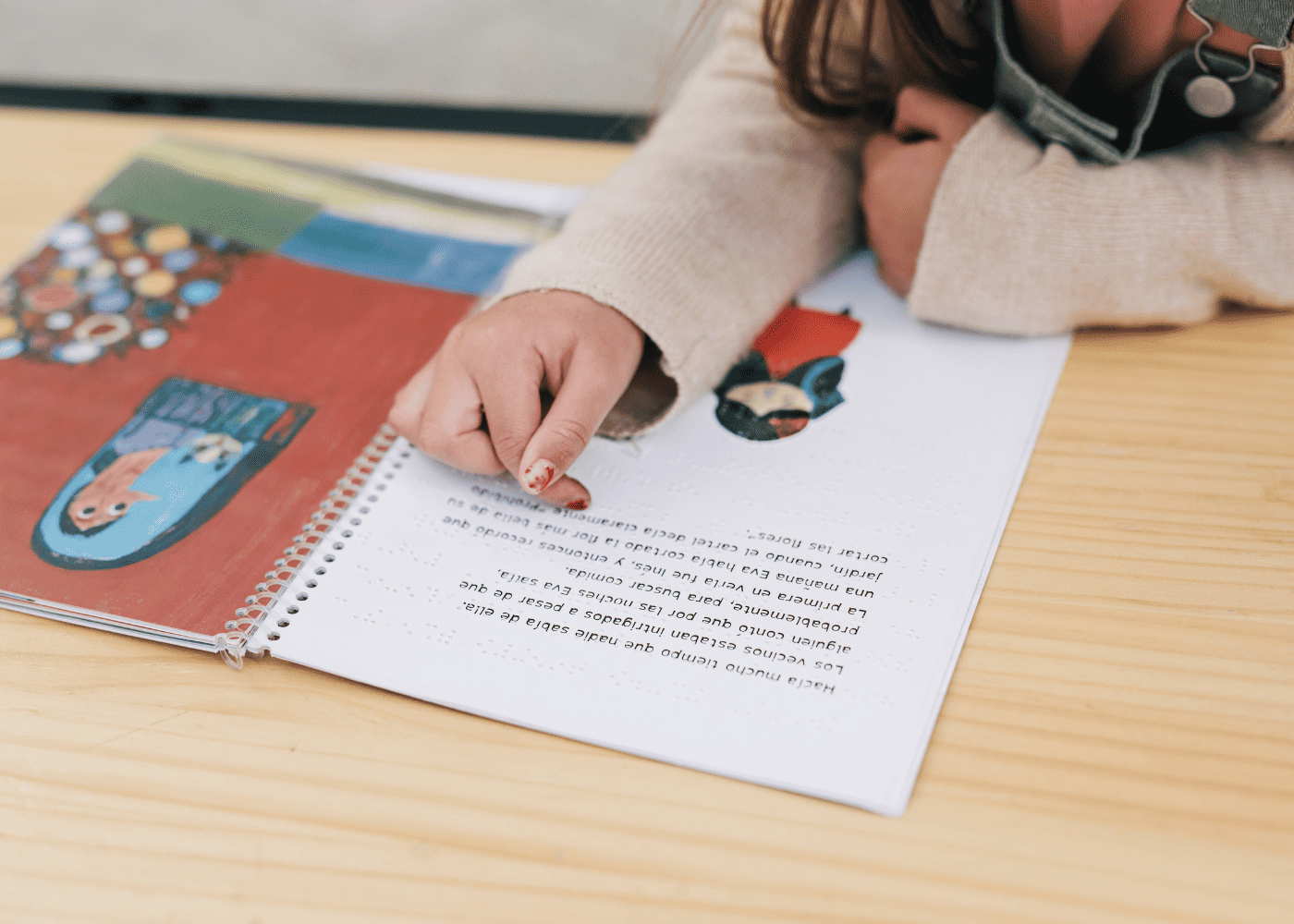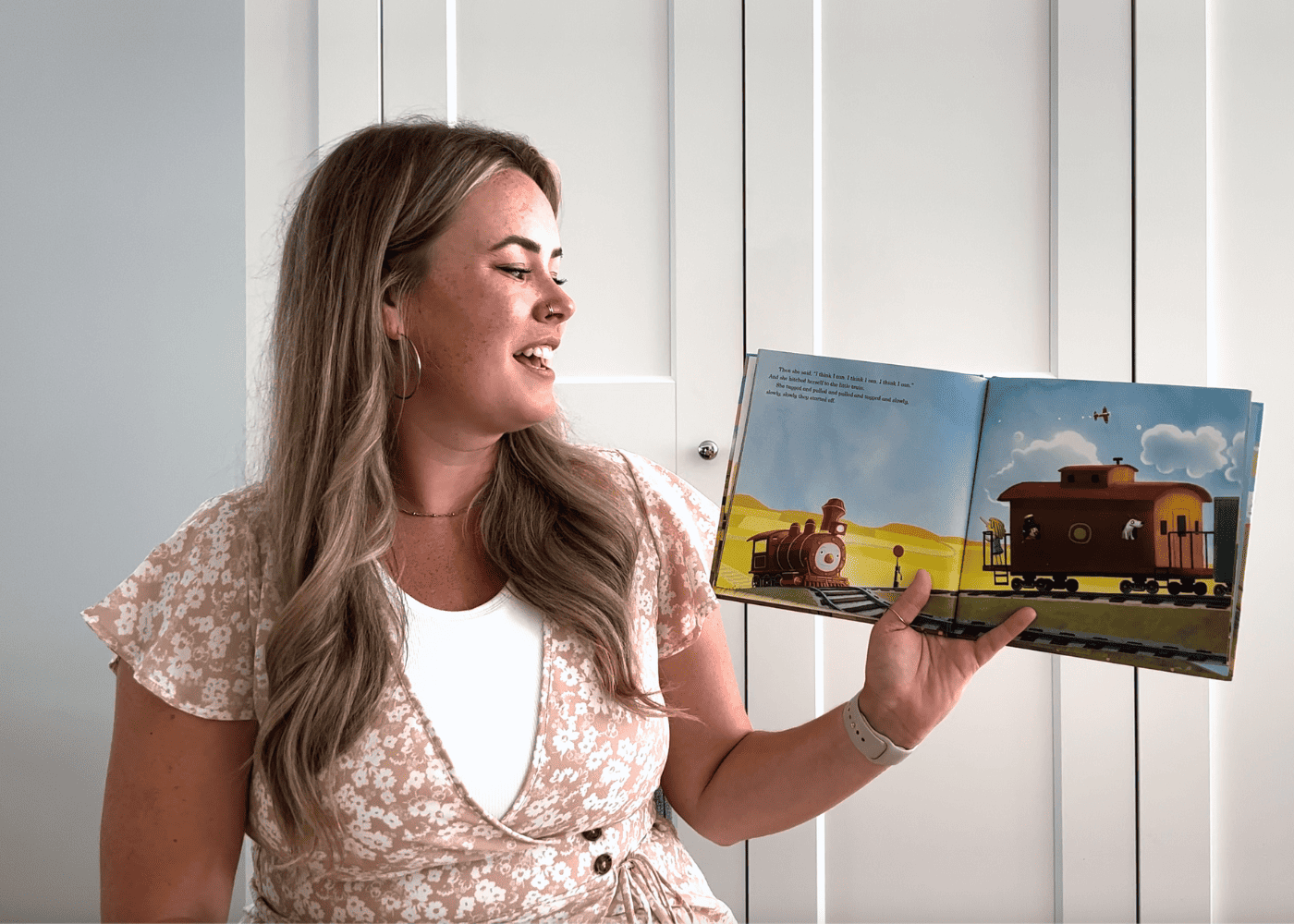Reading to kids is not only an enjoyable bonding experience but also an essential skill that sets the foundation for their learning process. But you may be wondering exactly how to read to kids…
Whether you have very young children, early readers, or even reluctant readers, this how-to guide will equip you with the right techniques to make reading fun and encourage kids to develop strong reading comprehension skills.
Reading to kids
Reading is a magical journey that can unlock a world of imagination and knowledge for children. It not only helps kids learn new words and expand their vocabulary but also enhances their creativity and critical thinking.
In this guide, we will explore various techniques to read to kids effectively, ensuring they not only read fluently but also understand and enjoy the stories they encounter.
*Note: This is not an article on helping children learn to read! While your children will likely become better readers when they are read to frequently, these are tips for parents and educators to elevate their own approach to story time.

My top tips for reading to kids
Many parents feel intimidated by reading to their kiddos (which is completely understandable). So, learn to read to your kids like a pro with these super-simple tips!
Tip 1: Clear pronunciation
Enunciate clearly and speak at a pace that makes sense for young learners. This helps children grasp the sounds and structure of language more effectively.
Tip 2: Inflection and expression
Use different tones of voice, expressions, and varying pitch to make the story engaging. This helps maintain the children’s attention and helps to convey the emotions in the story.
Tip 3: Interactive reading
Encourage interaction by pausing to ask questions as you read to foster engagement and critical thinking. Ask questions like “what do you think will happen next?” “How do you think this character feels?” or “what do you think this image means” when there is a meaningful illustration.
Tip 4: Gesture and body language
Add simple actions or gestures that go along with the story, such as hand motions. Just don’t do too many – You don’t want to be a distraction!
Tip 5: Point to pictures
Connect the words with images to help improve comprehension and vocabulary. If there are meaningful pictures, ask your child questions like “what do you think this picture means?”
Tip 6: Relate to real life
If there was a particular takeaway from the book (ie. the main character overcame a fear, or something like that), relate it to the children’s own experiences to make the story more relatable and memorable. Make sure to frame the question in a positive way – Ie. “I sometimes feel scared, too. Have you ever felt scared to do something? How did it feel when you actually tried it?”
Tip 7: Be animated
Bring characters to life by using different voices and mannerisms for different characters. Children love animated storytelling! It may feel silly at first, but adding extra details like this creates better readers!
Tip 8: Repeat and recap
Revisit important phrases or sentences at the end of the book. Repetition reinforces learning and comprehension. Ask questions like “what did that phrase mean to you?” to dive deeper into learning opportunities.
And, be sure to stop on any unfamiliar word to make sure they understand what it means. While learning common words is a very important part of reading growth, you also want to set your children up with reading comprehension skills. For example, sometimes I will model “not knowing” what a word means. I might say “Oh! I know these are real words, but I don’t know what they mean. How can we figure it out?” Then, model checking in a dictionary.
Tip 9: Encourage imagination with engaging story time
Ask open-ended questions that encourage imagination and creativity, like “what do you think happens after the story ends?” Prediction also helps develop analytical skills.
Tip 10: Choose age-appropriate books
Select books suitable for your child’s age and interests to make sure they stay engaged and enjoy the reading experience. And, remember, it’s not about how many words you read to your little one! It’s about fostering a love of reading and inspiring your child, so choose books that suit their grade level and attention span.
Tip 11: Read regularly
Make reading time a part of your daily routine. Consistent reading creates a positive reading environment and nurtures a love for books.
Tip 12: Make it fun
Reading should be enjoyable for both the child and the caregiver. Keep it light and fun, and celebrate accomplishments like completing a book or learning new words (especially when they start reading).
Make getting a library card and going to get books an exciting event! They will soon realize there’s a massive amount of books just waiting to be read.

How to get kids excited about reading (Even reluctant readers)
Reading is a skill that lasts a lifetime, and introducing kids to the wonders of books at a young age sets the stage for a lifelong love of reading – That’s why there’s books for all ages, including baby books!
As parents, you play a vital role in cultivating this passion for books and stories. Remember, reading should be enjoyable and not forced. This is why it’s so important to learn how to read to kids. And, by creating a reading-friendly environment and using interactive techniques, you can encourage your child to spend time with books willingly.
The importance of reading to kids
Not only does a consistent reading routine help establish a strong parent-child bond, but it also develops essential language and cognitive skills.
Create a reading-friendly environment
Create a cozy and inviting space dedicated to reading. Having a special reading nook with comfortable seating and shelves filled with books will encourage kids to explore the magic of stories. Make sure the area is well-lit and free from distractions.
Explore a mix of texts
While picture books are a fantastic way to capture young minds and spark their imaginations, there are also tons of interesting books out there! Don’t forget about fairytales, folklore, fiction, and even biographies written for children. Older kids might also enjoy exploring graphic novels, too.
Talk about nonsense words
The famous Dr. Suess made good use of these words, and most kids absolutely love saying silly words that have no meaning. Phonemic awareness is a crucial skill that helps kids identify individual sounds in words, which you can develop by sounding out these silly words together and deciding “real word or pretend word?” as you read.

Additional helpful tips
Here are some general tips related to reading.
Teaching kids to read aloud
Reading aloud helps children become more fluent readers and improves their confidence. Honestly, this is deserving of its own post. But, if you’ve been reading to your little one and they express a desire to read themselves, here’s what you can do:
- Start with simple books that have repetitive phrases and familiar vocabulary.
- Take turns reading pages or sentences, providing support and guidance when needed.
- Encourage expression and emotion in their reading to make the story come alive.
- Praise their efforts and progress, building their confidence in their reading abilities.
Fostering a child’s interest in reading
The key to turning kids into enthusiastic readers is finding books that align with their interests:
- Ask your child about their hobbies and preferences, then find books that match those interests. Or, ask them what they want to learn about! Nonfiction books are great for this.
- Consider books that feature characters they can relate to or stories set in familiar settings. For example, if you’re going on a trip somewhere, consider getting a book that celebrates that place and culture.
- Engage in discussions about the books they’re reading to show your genuine interest.
The joy of hearing stories
Don’t forget the power of hearing stories! Audiobooks and storytelling sessions can be magical experiences for kids. I like to emphasize that with these stories, we get to imagine out own settings and characters. Let their imaginations run wild!
- Listen to audiobooks together, immersing yourselves in the narrated tales.
- Engage in storytelling sessions where you take turns creating and sharing stories.
Conclusion
Reading to kids is an enriching experience that fosters their love for learning and storytelling. By creating a positive and engaging reading environment, introducing age-appropriate materials, and supporting their reading journey, you lay the foundation for a lifetime of reading success.
Remember, reading is not just about decoding words; it’s about exploring new worlds, building empathy, and sparking creativity. So, grab a book, snuggle up with your child, and embark on a journey filled with words and wonders!
FAQs about how to read to kids
How do I encourage my child to read when they are reluctant?
Encourage reluctant readers by offering a variety of books that match their interests. Engage in fun reading activities together, like acting out characters or discussing the stories. Create a supportive environment where they can read without fear of judgment. And, read to them often! Reading aloud is intimidating for many young learners. Making reading part of your everyday routine makes a big difference.
What are sight words, and why are they important?
Sight words are high-frequency words that children should recognize instantly by sight, without needing to sound them out. They play a crucial role in building reading fluency and comprehension.
At what age should I start reading to my child?
It’s never too early to start read alouds with your children. You can begin as early as infancy by reading simple board books or picture books to them.
How can I help my child improve their reading comprehension skills?
Encourage your child to ask questions about the story and discuss the characters’ motivations (and as your child questions, too). Summarize the main points of the story together to ensure they grasp the overall meaning.
Resources
Looking for more literacy-related posts? Here you go!
- Supporting early literacy learning at home
- Prepositions of place for Kindergarten: Learning activities
- When to teach sight words
- How to teach sight words
- Sight word sentences for emergent readers
Learning with littles
Whether you’ve got budding scientists, little artists, or busy mathematicians, we’ve got resources for you! Check out our learning category, filled with teaching tips and free printables that your kiddos will love.

